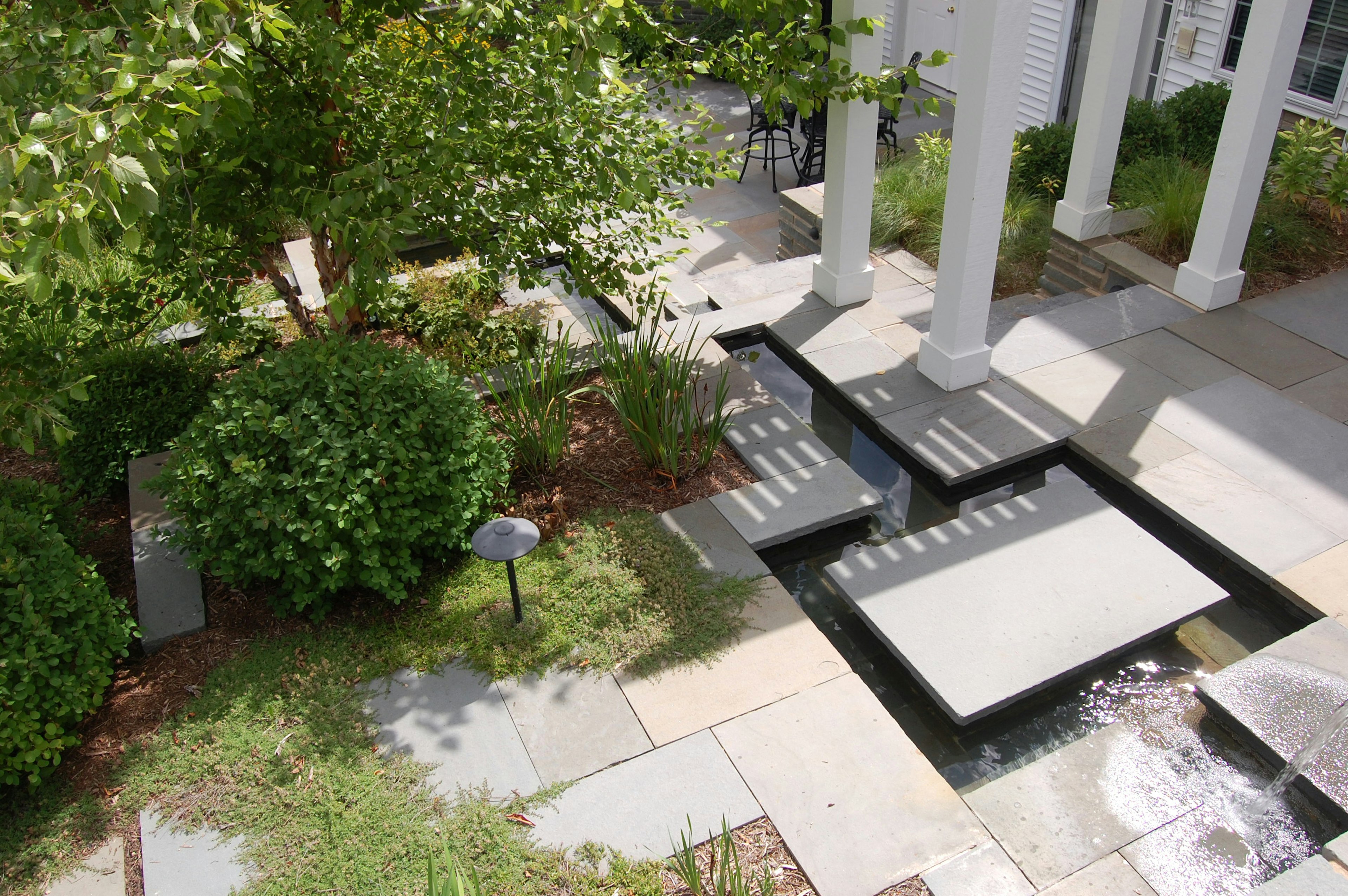
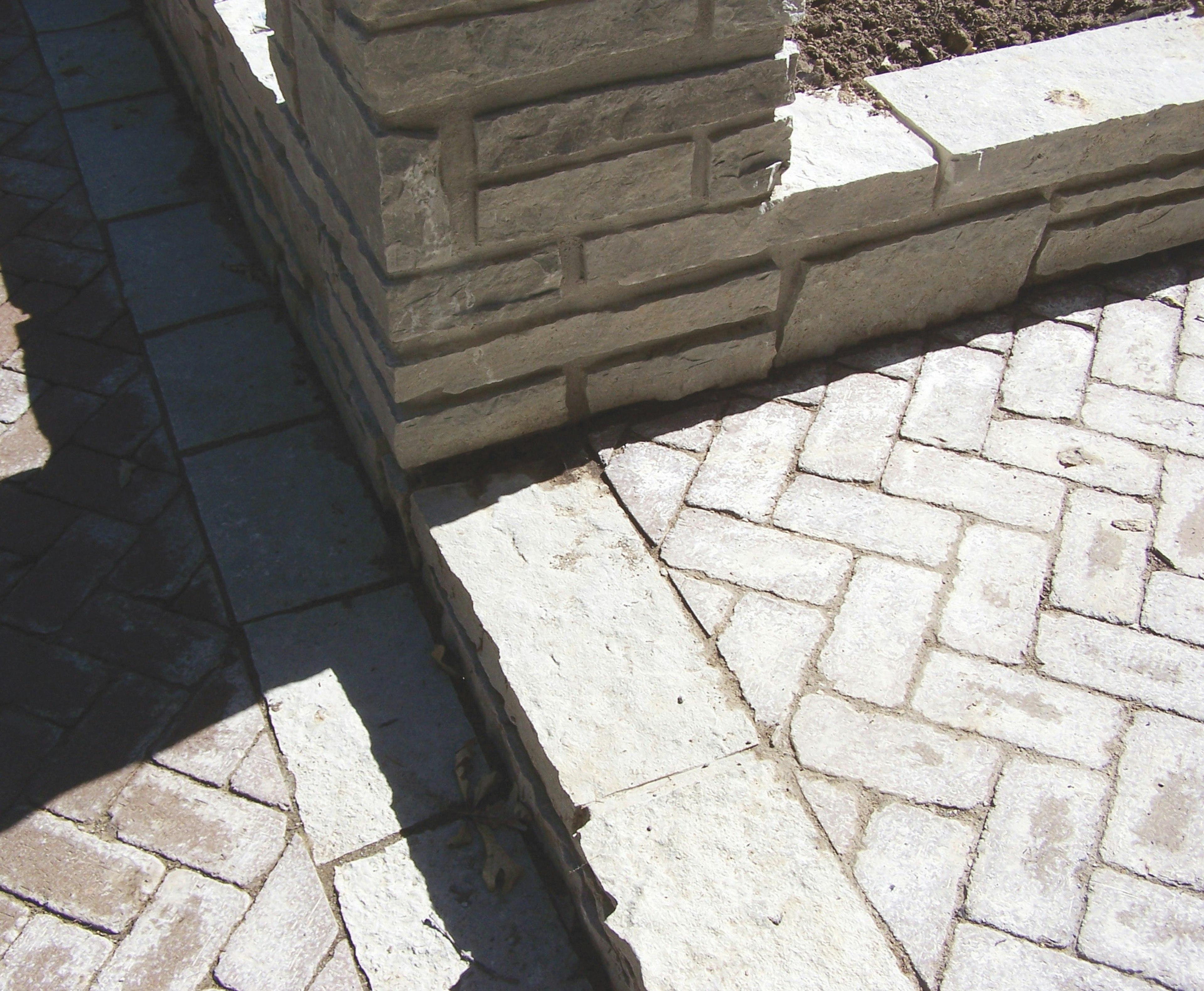

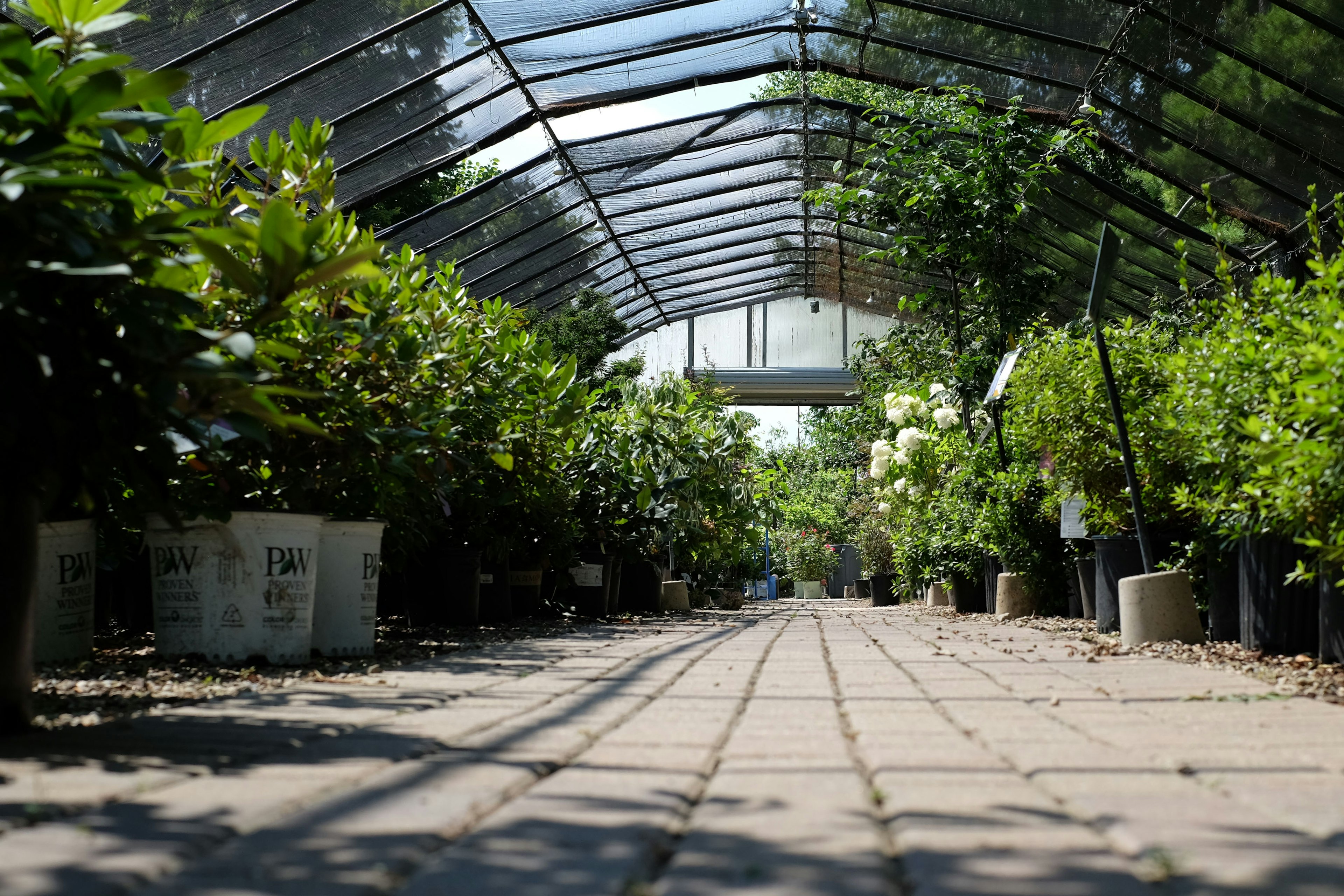

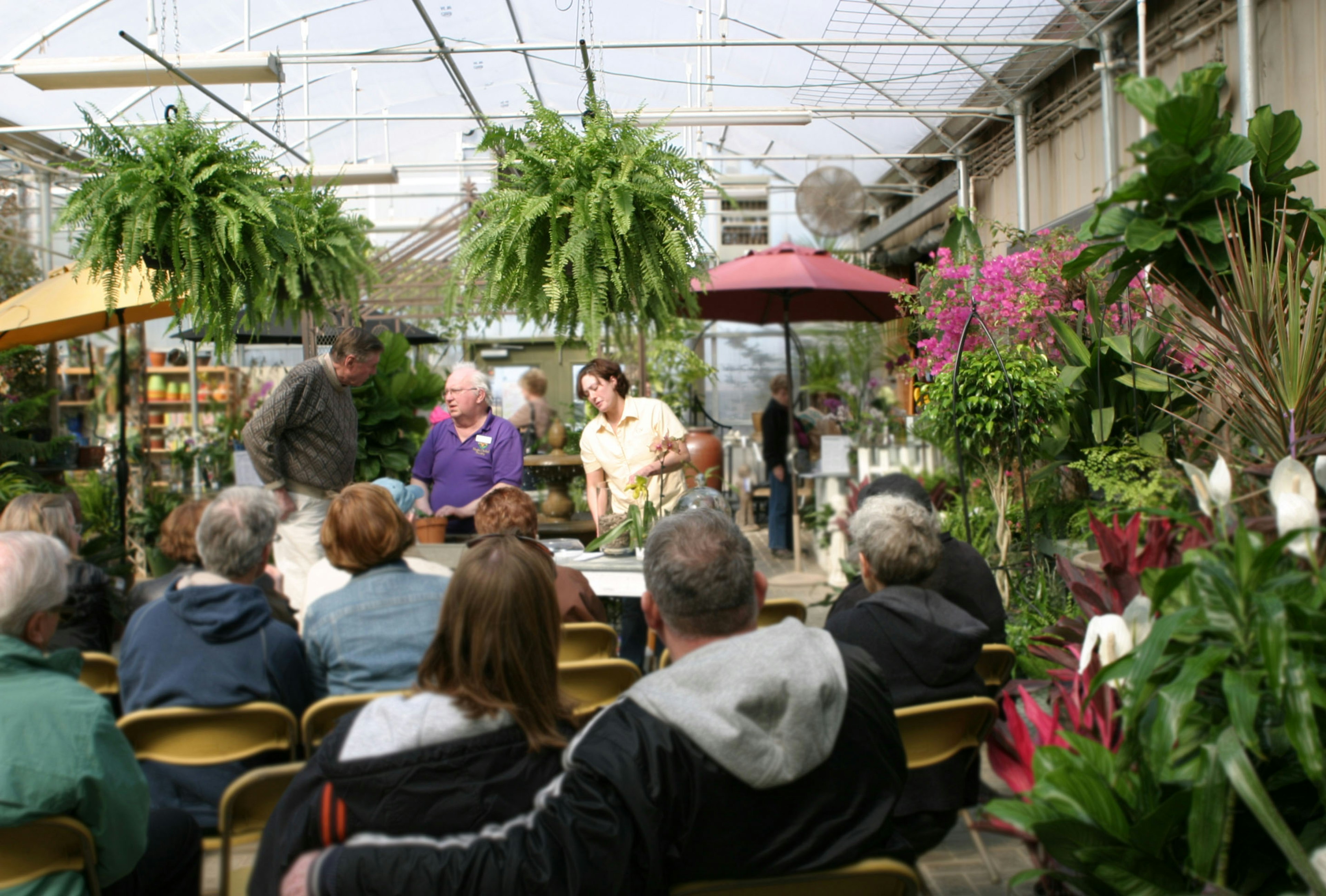
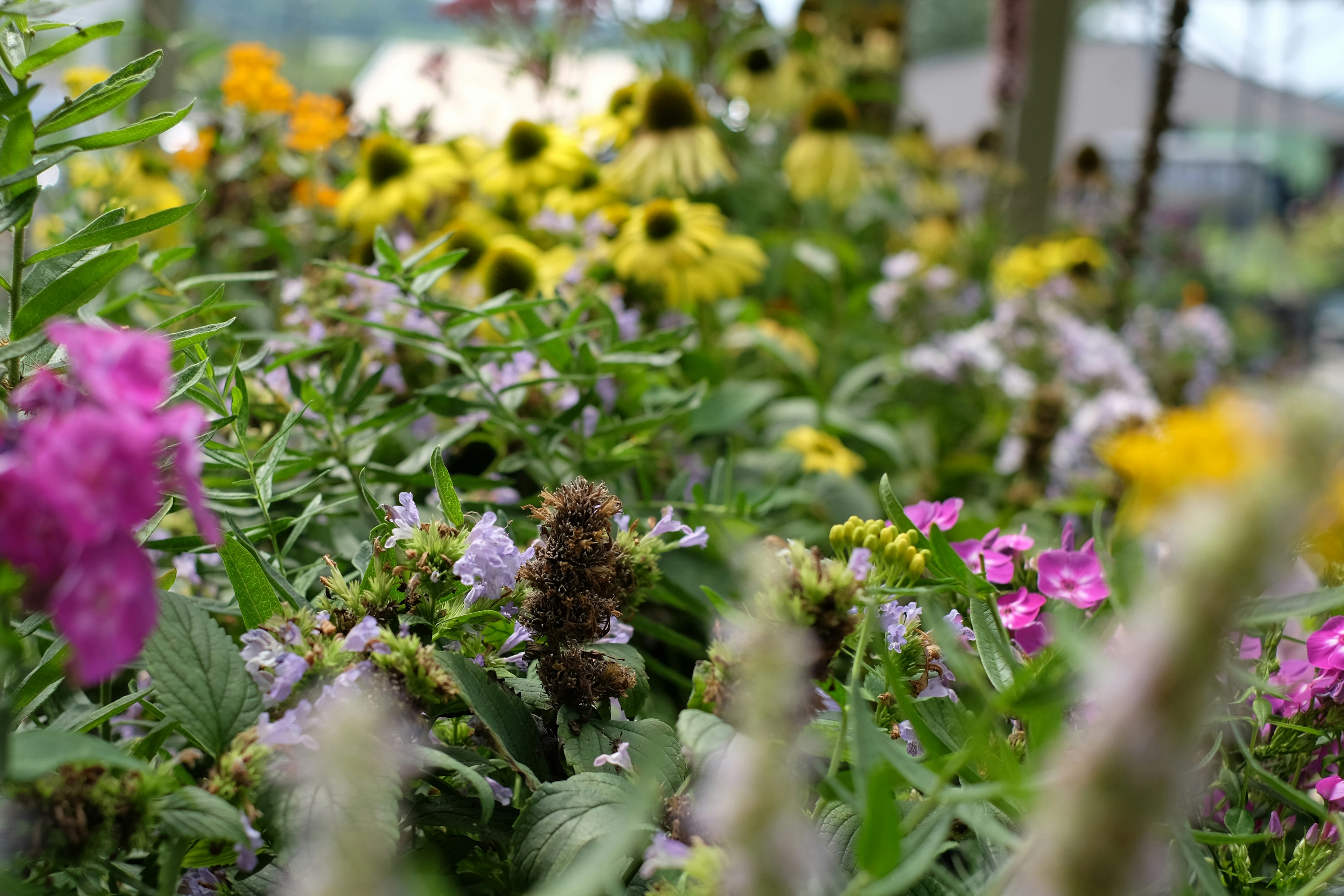

Garden Center

Houseplant Maintenance: Soil Mixing

It makes sense if you think about it: plants that do well as houseplants come from places where the year-round temperatures are comparable to those in a typical home, usually from 60-78 degrees depending on the room and time of day. By situating plants near windows and grow lights, we can do our best to ensure adequate lighting for healthy growth. But what about what the plants actually grow in? Isn't potting medium just as important as light and temperature?
Yes, yes it is!
Repotting is an essential part of houseplant care and maintenance! For tips and tricks, as well as the why's and when's of repotting, click here see the blog post covering these topics!
Finding a Happy Medium
Aside from the unifying factor of temperature range, the reality is that the plants we keep indoors year-round are very different from one another, and come from every continent except Antarctica! Each is perfectly acclimated to its own environmental niche, so when you think about it, it's pretty cool that they can live indoors at all!
Most of us who keep houseplants don't just want them to live, though. We want them to thrive! By considering the native situation of your plants, i.e. where they would grow in the wild, you can help them adapt to life inside as seamlessly as possible!
Potting medium is an aspect of plant care and overall health that can be easy to overlook. Fortunately, that's what we're here for! In this article, we'll cover some of the basic soil mixes we keep on-hand at Green View, as well as some essential soil amendments to keep on hand, and in what ratios to mix them with a basic soil mix to optimize your plants' health and well being.
Pre-made Potting Mixes
Most bags of pre-made potting mix contain a blend of peat moss, limestone, shredded bark, and perlite. Each of these ingredients has an important function in maintaining plant health:
- Peat moss: This is the body of most potting mix. It's fluffy and absorbent, while also allowing water to pass through. It holds moisture for a long time, which helps your plant roots stay plump and healthy between waterings.
- Limestone: Peat moss is actually very acidic, owing to the bogs where it grows. Limestone is an essential additive to peat-based potting mix because it neutralizes some of the acidity from peat.
- Shredded bark: Bark provides essential structure to your potting mix, enabling roots to latch onto it. It provides body, but doesn't retain moisture, which protects against root rot.
- Perlite: Perlite is the small, rough, white bits you see in most commercial potting mixes. It's heat-treated volcanic glass, designed to keep your mix light, enable good aeration, and promote drainage.
When you purchase a bag of "all purpose" potting mix, these are the major ingredients. Commercially available potting mix is sterilized with steam to inhibit the growth of microorganisms that could have been residing in the organic matter.
All purpose potting mix is suitable for most foliage houseplants, especially low-fuss selections, like pothos, dieffenbachia, syngonium, aglaonema, trailing philodendrons, and more, because its peat-based composition holds moisture, which keeps roots happy and foliage looking hydrated and bright green.
Other pre-made potting mixes available include:
- Succulent Mix - This mix includes more perlite, which promotes good drainage.
- Cactus Mix - Cactus mix often includes sand and/or volcanic stone pieces to facilitate proper drainage and soil structure for roots to cling to.
- African Violet Mix - This special blend includes a 'wetting agent' such as silica, designed to keep the soil evenly moist. It also takes in moisture slowly, requiring you to water plants potted in this mix from the bottom, which African Violets prefer in order to keep their leaves dry.
- Orchid Mix - This looks very different from the other options typically available! Orchids are epiphytes, which means they grow in treetops and on the bark of trees, using their fleshy aerial roots to cling to their host plants. For this reason, orchids cannot live in typical peat-based potting mixes, and prefer chunks of bark or sphagnum moss.
Mix Up Your Own!
While pre-made potting mixes are convenient and cost effective, you may find that you want to provide more exact potting mediums for your houseplants. By keeping certain potting media on hand, you can customize your potting mixes for each plant, ensuring the best possible conditions for optimal growth!
By keeping a few essential ingredients on hand in bulk, you can mix up the perfect medium whenever a new plant joins your collection. Everything on this list is commonly available and attainable from Green View seasonally!
- Peat moss/coconut coir - These ingredients are what will make up the body of any potting mix. Coconut coir is a more sustainable alternative to peat moss made from shredded coconut husks, instead of moss from peat bogs (which are finite resources). Often, these ingredients are available in compressed blocks or cubes, which expand and become fluffy when introduced to water.
- Perlite - As mentioned before, perlite is white silica-based rock that's been heat-expanded and puffed up. It provides soil structure and promotes drainage.
- Vermiculite - Although the name resembles perlite, vermiculite has an opposite effect in soil composition. It is tan or brown in color, and has a soft, spongy texture. It is for moisture retention.
- Sand - If you're potting desert-dwelling plants, such as cacti and succulents, some sand will promote excellent drainage.
- Sphagnum moss - Rather than peat moss, which is shredded into a fluffy, powdery consistency, sphagnum moss (also known as 'Orchid Moss') is in long, stringy threads. When soaked in water, sphagnum moss swells like a sponge, and is highly regarded as a great moisture retainer in soil mixes. If you're building a terrarium, soak sphagnum moss, wring it out, and wrap it around shards of broken terra cotta, then use these to line the bottom of your vessel.
- LECA - This acronym stands for "light expanded clay aggregate". Leca looks like tiny, unglazed balls of terra cotta clay. It absorbs moisture while also encouraging good drainage, and adds great structure to soil mixes. It's a particularly smart addition to soil mixes for members of the aroid family, like philodendrons, which grow both in the ground and by climbing the trunks of trees.
- Charcoal - Activated charcoal absorbs excess moisture. Chunky mixes benefit from a small handful mixed throughout, as does the medium in closed terrariums.
By mixing together these simple ingredients in certain ratios, you can ensure the ideal mix for all of your houseplant's needs!
If you have questions about mixing soil or pre-made mixes on sale, please call your Green View greenhouse for help! Claire and Deb (in Dunlap and Springfield, respectively) are happy to help with any and all houesplant questions!
Thank you for reading. We look forward to seeing you soon!